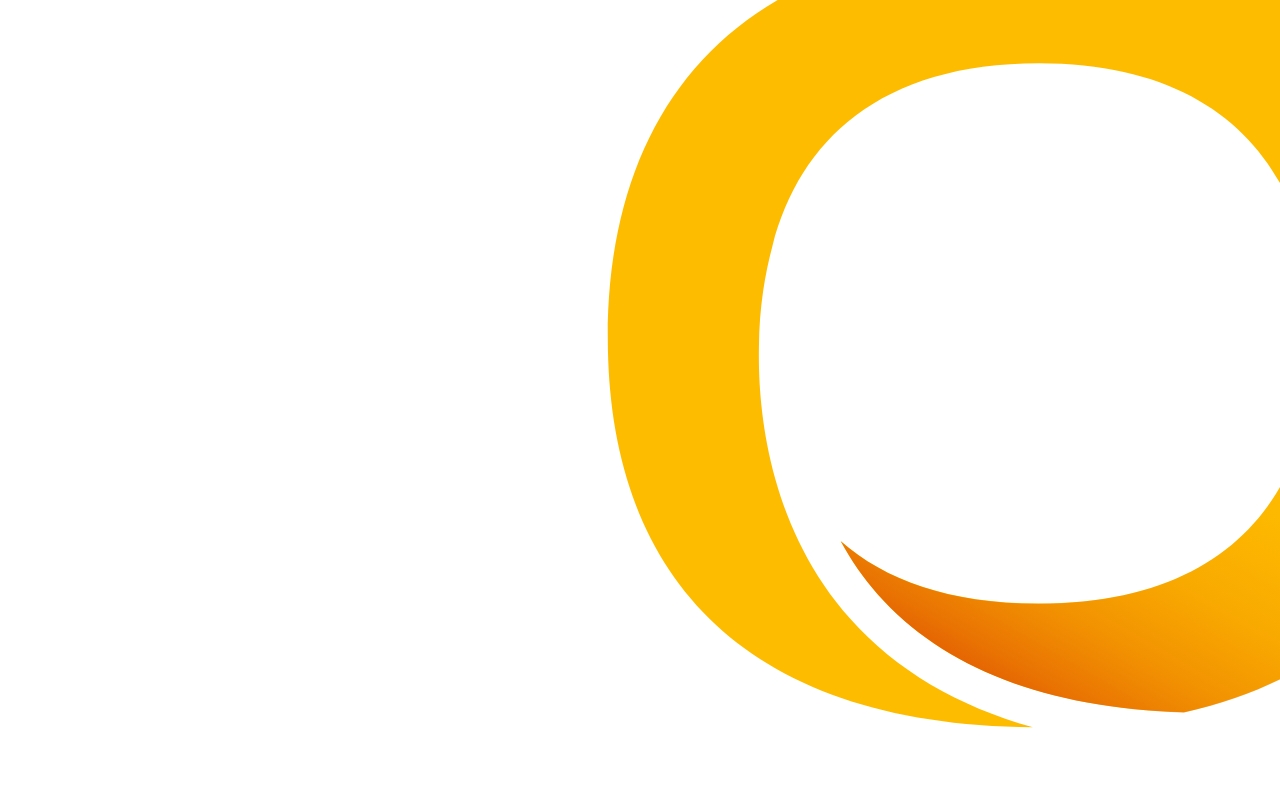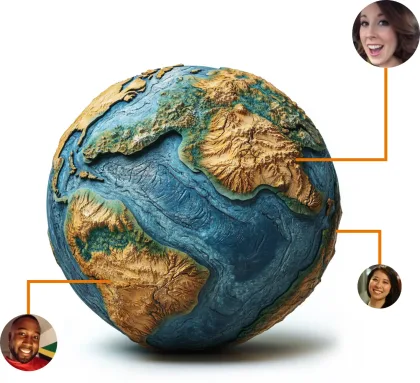This blog post starts with two premises, one of which may seem agreeable and one of which may appear controversial:
1. I believe that there is substantial utility in the “System 1”/”System 2” metaphor, popularized in Thinking, Fast and Slow by Daniel Kahneman.
2. I also believe that significant time, effort, and research dollars have been spent unwisely as a result of how this metaphor has been interpreted in the past decade.
Is Human decision-making supported by two separate systems?
With its publication nearly a decade ago, Thinking, Fast and Slow brought a very rich, deep topic in cognitive science – dual-process theory – into the everyday vocabulary of marketers, advertisers, and market researchers. Kahneman’s book centers around two characters, “System 1” and “System 2”, through which Kahneman explains various cognitive processes, their interactions, and their influences on decision-making and human behavior.
In short, the book describes the idea that human reasoning and decision-making are supported by two separate systems: A fast, intuitive, emotion-driven “System 1” and a slow, deliberative, rational “System 2”.

Thinking, Fast and Slow became a major cultural influence, taking an academic (and somewhat esoteric) concept and presenting it in an accessible, entertaining, and meaningful way. Nearly eight years after its publication, you will be hard-pressed to find an ad agency, product research department, or UX workspace that doesn’t have a copy (or several copies) on its shelves.
Kahneman’s book had a dramatic impact on the neuromarketing industry, as well. The love affair with the “iceberg” metaphor had come and gone; We could only handle so many presentations making claims of, “90% / 95% / 99% of decision making is below conscious awareness,” before agreeing that the iceberg had outlived its utility, and was becoming a banner of shoddy science.
The neuromarketing industry was hungry for a new – and more meaningful – way to describe the value of neuroscience research to those who had historically relied on stated responses and interviews.
The characters of “System 1” and “System 2” were the perfect newcomer. First, they were sticky: It makes intuitive sense that there are some cognitive processes that drive our behavior of which we are aware, and there are other influential processes (our “gut”) that we can’t explain or verbalize.
Second, the categorization of Systems 1 and 2 are rooted in decades of behavioral science research; Even the terms, “System 1” and “System 2” were first published in 1999 by Keith Stanovich [1], a well-respected academic icon in applied psychology and human development.
Third, they were explained in a concise and straightforward way by Kahneman, who won a Nobel prize for his work with Amos Tversky in human behavior and economics.
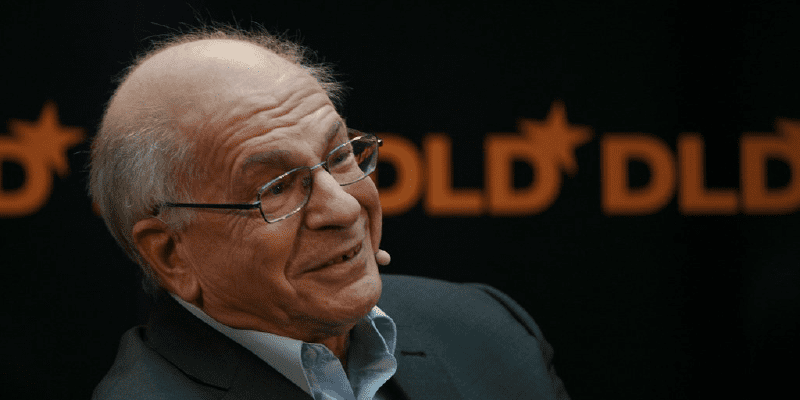
Dual-Process Theory
As mentioned earlier, operationalizing human cognition into two “systems” is the underlying tenet of the dual-process theory of cognition.
Briefly, the family of dual-process theories posit that some cognitive process – decision-making, emotion processing, memory formation, or even the manifestation of thought itself – can arise from one of two “pathways” in the brain, and that those two pathways can operate relatively independently from one another.
The dual-process theory of cognition has been the prevailing explanation of how human cognition works for decades, and there is ample empirical evidence to support it. For example, we know that people tend to make decisions differently if they are tired, stressed, or multitasking, than they do if they are fresh and have their full cognitive resources at their disposal [2, 3, 4]. There are hundreds of studies demonstrating similar effects – both behavioral and neural – that implicate separate pathways underlying human thought and behavior.
This is all to say that it is generally accepted that human reasoning is supported by dual processes [5]. If that’s the case, then how do we arrive at the thesis of this blog post, which is that the theory of Systems 1 & 2 is are leading neuromarketing research astray?
A New Iceberg Forms
Much like the “iceberg” metaphor, there is nothing overtly incorrect about “System 1” / “System 2”. At their most basic, both the iceberg and Systems 1 & 2 are meant to suggest that human reasoning/decision-making is complex, and that some of what drives it happens below the level of our conscious awareness.

In the context of consumer research, these metaphors concisely highlight that people are good at explaining some of their behaviors, and really bad at explaining others.
They represented huge advancements in the value proposition of neuromarketing: People can’t (or aren’t willing to) perfectly articulate their thoughts and feelings, nor can they perfectly predict their behavior, and therefore it’s useful to try and evaluate their in-the-moment responses using neuroscientific tools.
I mentioned before that the iceberg started to melt when folks began trying to use it more literally than was intended: “There are some influences on our decision making that we’re not aware of” is good, “90% of decision making happens below conscious awareness” is bad. The first statement is reasonable and empirically defensible, the second is pseudoscientific nonsense.
Unfortunately, Systems 1 & 2 meandered down a similar path. A false dichotomy emerged, in which providers debated whether marketers should be measuring System 1 or System 2. Ask yourself if you’ve been asked the following: “Have you read Thinking, Fast and Slow? Okay, then you understand why you need to stop using surveys and start using [insert methodology here].”
The problem is that, in fact, a lot of people haven’t fully read Thinking, Fast and Slow. It’s conclusions have become apocryphal: System 1 and System 2 are completely separable, System 1 measures what people are truly thinking, and System 2 is along for the ride.
These conclusions, of course, are misleading at best. On page 29 of the book, Kahneman states very clearly: System 1 and System 2 are so central to the story I tell in this book that I must make it absolutely clear that they are fictitious characters. Systems 1 and 2 are not systems in the standard sense of entities with interacting aspects or parts. And there is no part of the brain that either of the systems would call home [emphasis mine].
Kahneman repeats that sentiment several times throughout the book; He is entirely up-front about the fact that Systems 1 & 2 are not intended to be literal descriptions of how human cognition works. Rather, they are intended to highlight the fact that human behavior is partially driven by reasoned, controlled cognition, and partially by inherent biases, heuristics, and prior experience.
Because of the misinterpretation of “System 1” and “System 2”, driven largely by their popularization in everyday vocabulary, the researchers who originally published the terms “System 1” and “System 2” have themselves said that they have “discontinued and discouraged the use of the labels of System 1 and System 2” [6].
System 1 and System 2 in Practice
This all extends beyond an academic debate about terminology, though. At the beginning of this blog post, I said that I believe that some time and money have been spent unwisely as a result of how System 1 and System 2 are conceptualized in the market.
At the recent Neuromarketing World Forum conference in Rome, I presented (anonymized, and with permission from the author) an email from an iMotions client whose research manager “did not know whether [he] should trust the ‘System 1’ or ‘System 2’ results” from a recent study they had executed. Even the client, who herself is an extremely savvy commercial neuroscience researcher, was thrown off by her manager’s inquiry, and told me that she “knows System 1 is the correct answer”, but wasn’t sure how to explain that to her manager.
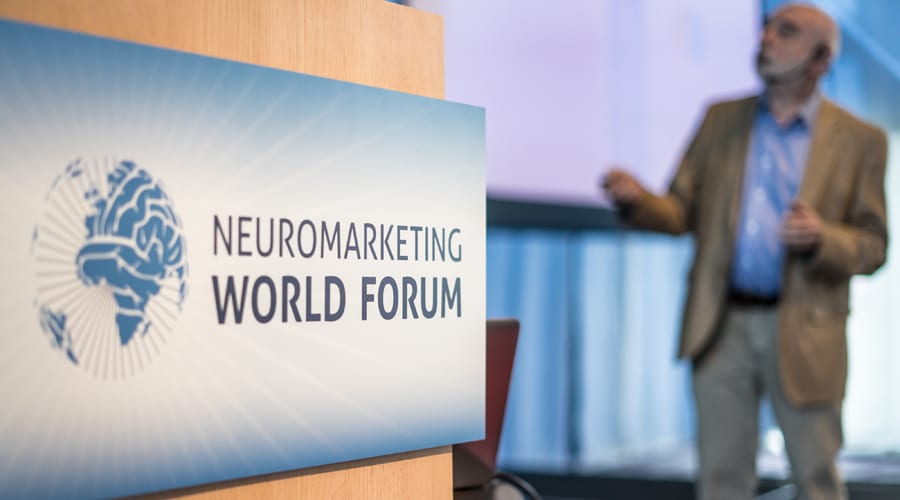
This sort of thinking is not uncommon, but it jeopardizes how results are interpreted, how research is designed, and how business decisions are made. When “System 1” is used as a shorthand for “neuroscience” and “System 2” is used as a shorthand for “traditional research”, not only is that thinking incorrect in terms of what the research tools actually measure, but it creates a false sense of competition between one set of research tools and another.
Think of it this way: If neuroscience research and “traditional” research were always supposed to yield the same results and interpretation, they would simply be redundant with one another: Why wouldn’t everyone use just one of those sets of tools? The richest insights into human behavior often come when those research methods yield different information from one another.
This is a benefit of a multi-modal approach: We can understand how people experience something in-the-moment, how they remember it and talk about it after-the-fact, how likely people are to advocate for something (e.g., a brand or a product) versus how likely they are to use/buy/watch that thing themselves, and so on.
Towards a More Nuanced Understanding
Recognizing Systems 1 & 2 for what they are – a useful metaphor, and not a recipe for human behavior – is important, but equally important is having a framework that does accurately describe why people behave the way they do.
There are many alternative frameworks for considering why people act the way they do, and what factors drive variability in human behavior. We will spend time in a later blog post discussing some of these alternatives, but most share a common feature: They highlight the interplay between systems, processes, or networks that are frequently described as “conscious” or “non-conscious”.
The Appraisal Model
One brief example is adapted from the “appraisal model” of emotion and emotion regulation [7], which is shown in Figure 1. Rather than thinking of dichotomous “systems”, this framework explains behavior as a progression from situation to perception to response to response modulation. Each “step” in the framework also feeds back and can influence the other “steps”.
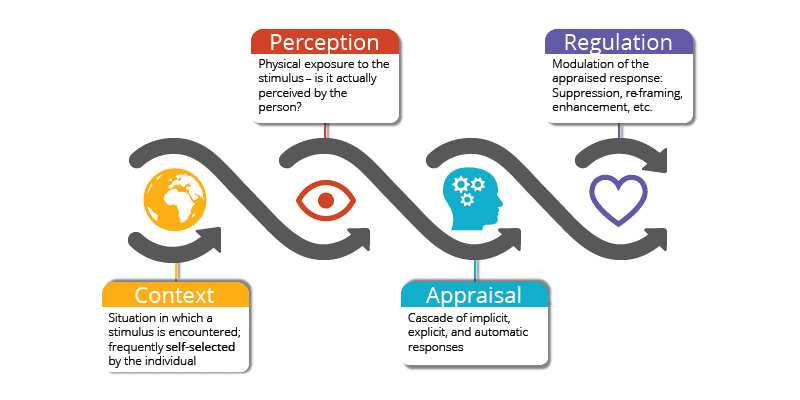
Conclusion
The popularization of Systems 1 & 2 has created a tectonic shift in the everyday understanding of human cognition, and has generated interest in neuroscience to a degree that is almost unparalleled. Now, however, is the right time to advance the conversation of what influences human behavior.
I hope you’ve enjoyed reading about the emergence and development of ideas surrounding the System 1/System 2 model, and potential alternatives. If you’d like to read more about the science of human behavior, then download our free guide below.
Free 52-page Human Behavior Guide
For Beginners and Intermediates
- Get accessible and comprehensive walkthrough
- Valuable human behavior research insight
- Learn how to take your research to the next level

References
[1] Stanovich, K. (1999). Who is rational? Studies of individual differences in reasoning. Mahwah, NJ: Erlbaum.
[2] Klein, K., & Boals, A. (2001). The relationship of life event stress and working memory capacity. Applied Cognitive Psychology, 15(5), 565-579.
[3] Watanabe, K., & Funahashi, S. (2014). Neural mechanisms of dual-task interference and cognitive capacity limitation in the prefrontal cortex. Nature Neuroscience, 17, 601-611.
[4] Sivaramakrishnan, S., & Manchanda, R. (2003). The effect of cognitive busyness on consumers’ perception of product value. Journal of Product & Brand Management, 12, 335-345.
[5] Although there are compelling alternative arguments! See, for example, Osman (2004), Psychonomic Bulletin & Review, 11, 988-1010.
[6] Evans, J., & Stanovich, K. (2013). Dual-process theories of higher cognition: Advancing the debate. Perspectives on Psychological Science, 8, 223-241.
[7] Gross, J., & Thompson, R. (2007). Emotion regulation: Conceptual foundations. In J. Gross (Ed.), Handbook of emotion regulation (pp. 3 -24). New York, NY: Guilford.




